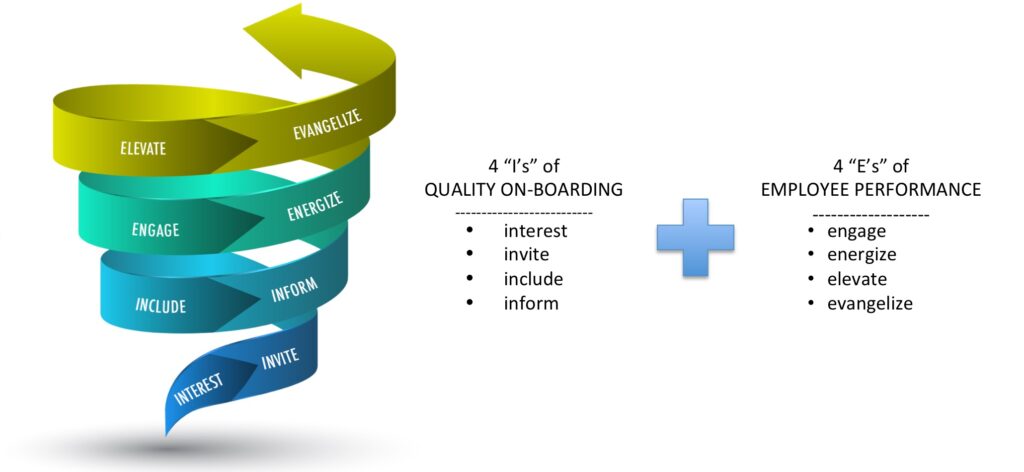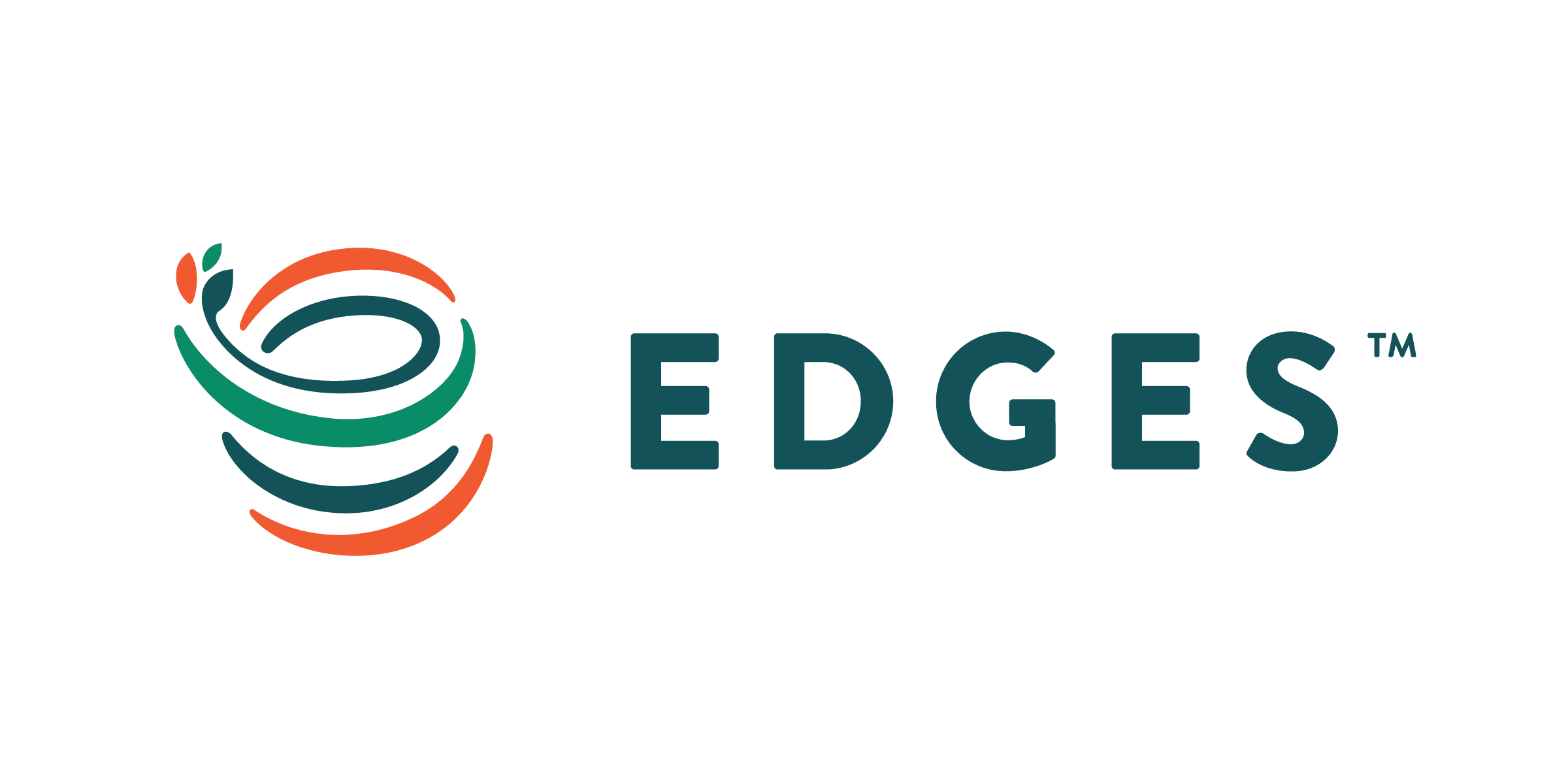Every business has a cause-and-effect cycle of interdependent key fundamentals on which they operate their business model.
I’ve spent many years working with Walmart so I’m very familiar with what they refer to as a productivity loop. For Walmart, the concept is simple, well-known, and extremely well-implemented.
Operate for Less…Buy for Less… Sell for Less…Grow Sales…
I have learned over my 27-year career that there is an equal or greater impact on a company’s bottom line based on how well they manage what I call the Employee Productivity Vortex.
What is the Employee Productivity Vortex, you ask?
Let me start by explaining what it is not. The Employee Productivity Vortex is NOT a euphemism for corporate downsizing or methods of workforce reduction that are common in today’s workplace.
Rather, the Employee Productivity Vortex is the compounded brand and business value created or eroded by a company’s operating culture. When a company deliberately establishes an operating culture that supports the company’s core business model and enables maximum employee contribution at scale, the culture serves as an accelerant to the business model. Everything simply performs better and seems effortless.
When a company quickly, effectively, and consistently transitions qualified prospective employees from recruitment to maximum contribution and ultimately a vocal ambassador of the culture, costs decline and profits soar. A positive Employee Productivity Vortex has been established.
Conversely, when a company fails to align and manage its operating culture in concert with the business model, friction develops and expands over time. A misaligned operating culture slows the business model and constricts performance, like sludge in a pipe. Employees do not know what is expected of them. They do not understand what is expected of them, but they do feel empowered to make decisions independently.
In the case of a strong but misaligned operating culture, the employees may inadvertently work against to needs of the business, resulting in a mediocre performance at best and in a chorus of raging company defectors at worst. A negative Employee Productivity Vortex has been established and will continue to present problems for your company.
Employee Productivity Vortex
The Employee Productivity Vortex is a simple construct that outlines a series of steps companies must do to lay the groundwork for engagement and maximum employee productivity. It consists of 8 simple steps:

The steps are interdependent and generate positive or negative momentum on company performance, depending on how well they are designed and managed, as illustrated by the vortex
Gaps in one area will lead to gaps in each of the following areas:
- Under-trained associates drain organizational capacity
- Under-informed associates easily lose focus and will waste time on tasks that do not feed the company’s business model or value proposition
- Disengaged employees will do the minimum required vs. delivering 100%
- Turnover will climb and the constant churn of associates will add costs, and erode capacity and quality.
- Conversely, excelling in each area will unlock capacity, improve quality, generate energy, grow capabilities, create ownership, drive positivity, focus, and higher profits.
But if the model is so simple and directly tied to company profitability, why do so few companies master all 8 steps? Why is recruiting and onboarding delegated to HR, rather than owned by the managers within the business? Why don’t these steps take center stage on company strategic plans and executive priority lists? Why aren’t they a top priority for leaders?
When applying the model to your business, it is key to MEASURE:
How QUICKLY can your company’s recruiting and onboarding process transition a candidate through the “4 I’s” of onboarding? This process is a PRODUCTIVITY DRAIN. Recruiting costs money, training new employees requires management capacity, new employees perform their tasks slower and with more errors, and they lack the information needed to operate independently and with good judgment.
- The process is mostly passive for the employee; they are recipients of your process. They are eager and impressionable and vulnerable. Ask yourself, what first impression is your company giving to new employees?
Once onboard, how CONSISTENTLY can your company generate capacity for those same employees to do more with the “4 E’s”? This process is a PRODUCTIVITY BOOST and creates the foundation for what is expected and rewarded. It is the basis of your operating culture that either expands or contracts the raw potential of your business model.
- Ask yourself, are all of my employees “on fire” and operating like owners? Am I proud and constantly surprised by the amazing things they accomplish? Or are they passive, waiting for permission or instruction?
Guest writer: Julie Walker

